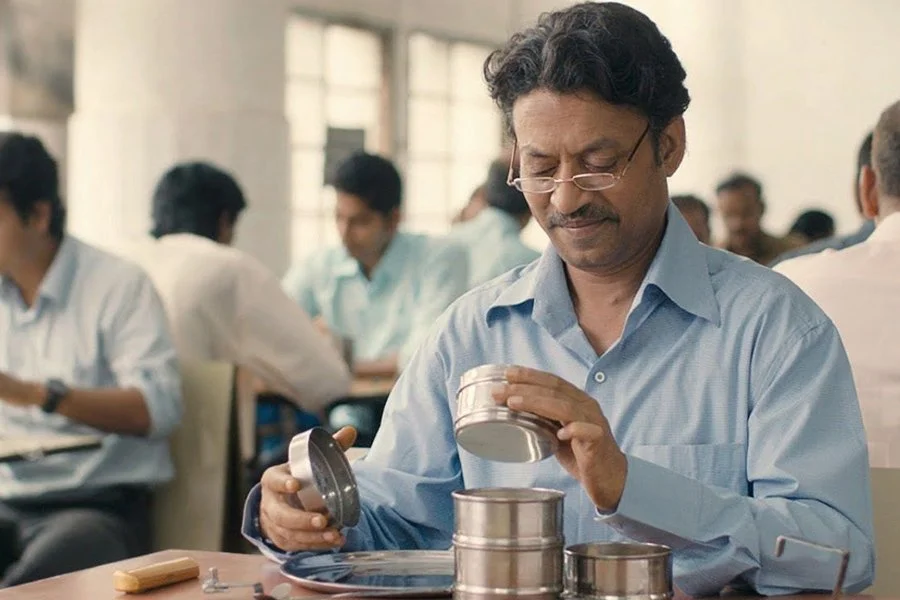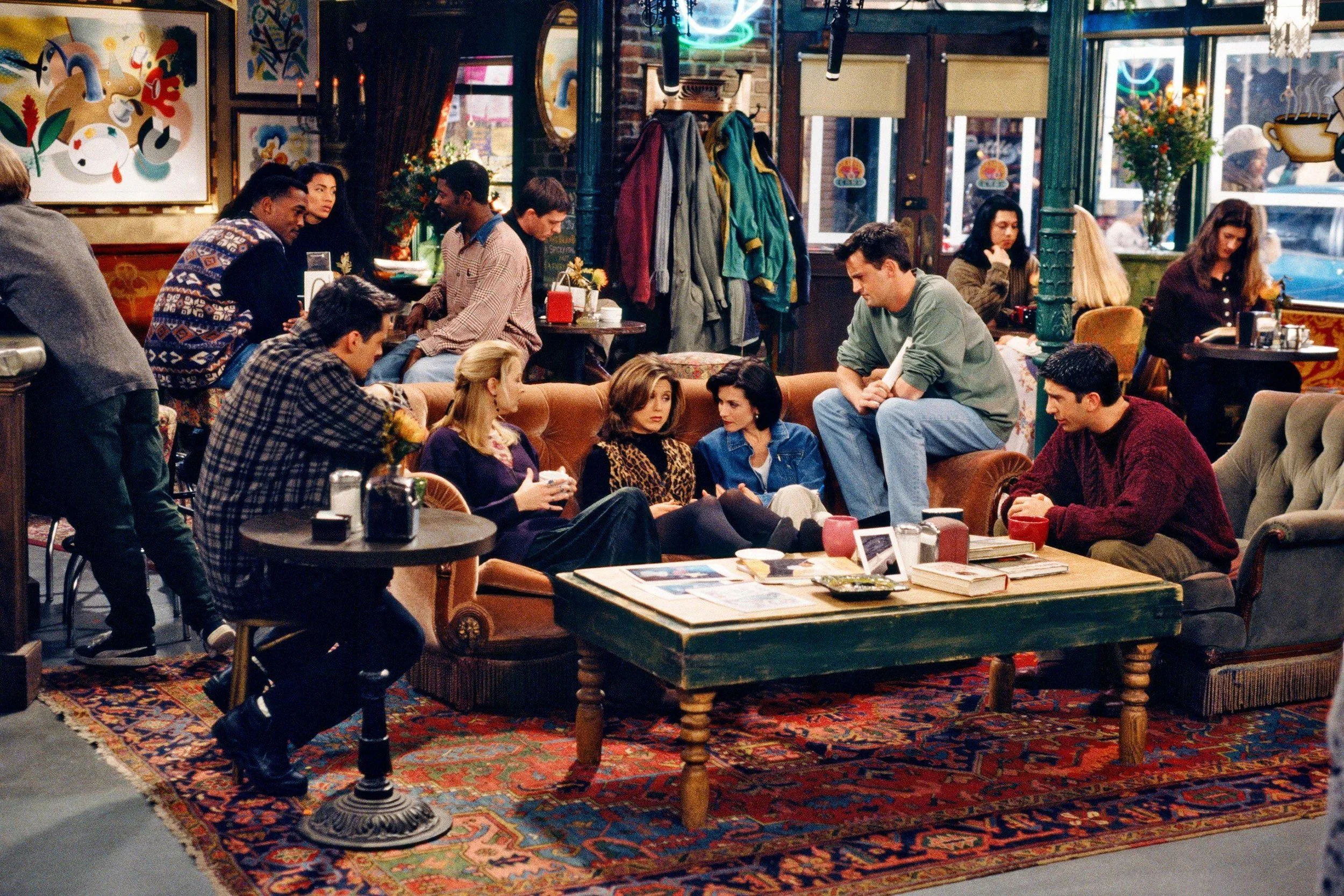In the Green House Cinema, Cinephilia Blooms Amid the City’s Noise
In the Green House Cinema, Cinephilia Blooms Amid the City’s Noise
Tucked behind a milky-white picket fence in Anda, Rizal Street, one can find the Green House Cinema, a home-turned-cinema that has become a gathering place for filmmakers and storytellers in Davao City. What began as a small experiment has become a blooming creative ecosystem.
The Green House Cinema’s exterior, photos courtesy of Daniela Kuizon.
Mindanaoan filmmaker Bagane Fiola and his partner, Melona Grace Mascariñas, planted the idea of Green House Cinema in January 2024. Then, months later, in April, the cinema officially opened its doors for the first screening.
“We started Green House from our own personal resources and energy. We really invested time and effort,” Fiola and Mascariñas shared. Over the past year, they have cultivated the cinema like a garden, carefully tending it and finding additional resources to support its growth.
The place has also become the home of Pasalidahay, a local film collective established in 2015. What began as informal monthly screenings in different venues: designed to spark conversations about films often overlooked by mainstream platforms. The cinema hosts screenings, discussions, and festivals such as the Ngilngig Asian Fantastic Film Festival, while exploring opportunities to showcase films.
Through vision, dedication, and creativity, Fiola and Mascariñas have transformed the Green House Cinema into a blooming hub, offering cinephiles what commercial theaters cannot. Unlike commercial cinemas, Green House nurtures community, cultivates creativity, and provides a platform where stories and passions for film can truly flourish.
For visitors, the cinema is a breath of calm amid the city’s noise: a place to watch films, engage in discussions, and connect with fellow cinephiles.
The Green House Cinema’s bar, located in the yard.
Roots beneath the city
Fiola and Mascariñas had just ended their lease at the AVL (Alchemy Vision and Lights) Production Studio, a place that once nurtured early Davaoeño productions and birthed the Mindanao Film Festival, when the idea for Green House came. They said it felt like a new soil where something familiar could take root again. “When we first came here, I saw its potential for cinema, and a home for us,” Fiola recalls.
For Jay Rosas, a communications educator from the University of the Philippines Mindanao and one of the founding members of Pasalidahay, the Green House Cinema filled the absence of a space that the local film community had quietly been yearning for.
“Before, we didn’t really look for spaces; we just borrowed schools, restaurants, or whatever alternative venues we could find,” says Rosas. “Now that there's Green House, [the film community] finally has its own place.”
In a city where film gatherings once drifted from one temporary venue to another, Green House offered permanence. It became a grounding force, allowing Davaoeño filmmakers and cinephiles to grow side by side in the same soil.
The name, Mascariñas explains, came naturally. “The place was overgrown with plants, and like a greenhouse for seedlings, we imagined it as a space for growth.”
Before Green House, Fiola’s connection to film began far away from Davao in M’lang, a small town in Cotabato without electricity, where his friend once charged car batteries just to screen movies on an old TV. “There was a blackboard and an entrance fee of five pesos,” he recalls. It was there that he first witnessed how film could bring people together in the darkness, which lit the idea of what Green House would later become.
The home’s interior, the cinema.
Shelter for strangers and storytellers
Within its blue-chaired walls, the Green House Cinema has quietly become a meeting point for Mindanaoan filmmakers, students, and passersby who simply wander in and decide to stay.
Unlike commercial theaters, where everyone leaves after the lights come on, Green House encourages people to linger. After screenings, the space transforms: rows for premieres, circles for discussion, or scattered chairs for casual talks, as conversations flow between filmmakers and strangers alike. What remains constant is the feeling of everyone inside belonging to the same flickering world, even if for a short time.
For many, the Green House experience began as a small seed plant online, a discovery sparked by curiosity and sustained by connection. “I first learned about the Green House when I saw photos of their screenings on Sir Jay Rosas’ social media, and also from Ma’am Melona since we’re Facebook friends,” shares college student Daniela Kuizon, a frequent moviegoer and one of the founding members of SINEGANG.ph. “I discovered them mainly through social media.”
But the digital roots only deepened when she first stepped into the space herself. What she found in person, however, went beyond what the posts could show.
“I really liked the idea that after every screening, there’s a talkback. Not just because there’s a filmmaker, but because we get to discuss right after, in the same space as like-minded people in the community,” Kuizon adds. “Even though we’re strangers inside Green House, you’re assured that they appreciate cinema as much as you do.”
Laughter ripples through the dim room, someone passes a bowl of popcorn down the row, and for two hours, no one feels like a stranger—that’s the Green House experience.
“As an alternative space, the experience is really different,” shares Rosas. “Obviously, when we watch commercials, we experience cinema as a product or commodity, because we're paying for it. In watching films in Green House, we watch in a collective experience.”
“We screened experimental films and documentaries, and these types of films are not commercial, because they are pure expressions of art and cinema,” he adds.
Unlike other private or exclusive spaces, Green House offers a rare openness. For Lenard Apao, a filmmaker and one of the co-founders of Hagdanan Productions, that openness is what makes Green House unlike anywhere else. A safe patch of ground where filmmakers and audiences can meet eye to eye, sharing not just films but the thoughts that grow after them.
“I guess there’s no other place here in the city where people can really gather like this,” Apao says. “In the Green House, it’s one of a kind, because after the film, you’re guaranteed to gain more depth.”
Inside this house-turned-cinema, the air hums with the quiet rhythm of growing things. Stories taking root, ideas intertwining, and strangers finding a common ground. In every conversation that blooms after a screening, the Green House proves that cinema, like any garden, flourishes best when it is shared.
“It’s memorable, because it’s a different feeling compared to watching alternative films in a house with different people—you can share insights with them,” Apao says. “The people who go there are more serious about appreciating films.”
The home’s interior.
Cultivating stories, growing advocacy
The Green House has also become a fertile ground for Mindanao independent cinema, offering space and support in a landscape where filmmakers often rely on passion more than funding. “As a cinema, we promote local and regional films and create a hub for filmmakers,” Bagane says. “We can also serve as a venue for fundraising and private screenings.”
The cinema is a place where films don’t just find audiences; they find purpose. After one of the Green House’s screenings, Apao recalls how the space became soil for initiatives that go beyond cinema. “The cinema was able to raise around ₱4,000 for Von Jorge Actub’s Sine Kabataan 2025 film, Sa Tumoy sa Walay Kahumanan.”
Every screening, in its own small way, nourishes both art and advocacy. It’s proof that films, like seedlings, can grow into acts of support and solidarity. “For audiences who aren’t filmmakers, it’s about awareness and appreciation of regional cinema,” Fiola says.
“I think not just film literacy but overall literacy,” Rosas adds. “The challenge is far bigger than film literacy. There is a greater challenge of disinformation and historical revisionism. We can only do this if we are literate at the basic level, to discern better and make better judgments.”
The Green House Cinema, as a venue for film events like the Ngilngig Asian Fantastic Film Festival.
Every October, this creative ecosystem extends into the city through the Ngilngig Asian Fantastic Film Festival, a celebration of films that are strange, haunting, and deeply human.
When asked what “ngilngig” means, Mascariñas says, “Ngilngig for me is when you are restricted, when one cannot express or move freely. That’s why spaces like this matter.”
For Fiola, it’s about embracing the fantastic and the uncomfortable. “It’s good that we, as Bisaya, are the ones defining ngilngig. Even horror, politics, or everyday struggle, these are ngilngig too. We should welcome them.”
“Green House is like a breather,” Fiola adds. “After the festival, it’s where we can relax and reconnect with the people we met during the screenings.”
Here, events like Filmmakers’ Night and Ngilngig WIP (work in progress) segment, where creators share rough cuts and unfinished works, turn the house into a living workshop. Melona described it as “talk and play,” and that’s exactly what it feels like: film as a living conversation, still finding its shape.
Sustainability and progressive vision
Sustaining a space like the Green House Cinema is not easy. In a city defined by rapid growth, trendy commercial films, and strong politics, keeping a cinema independent is both a challenge and a necessity. “For me, films just exist. You just continue [them]. You simply keep existing,” Fiola says.
For Rosas, what sustains the Green House community isn’t just the films, but the people who keep showing up, curious, responsive, and open to growth.
“The audience is the center. I always look forward to the opportunity for audience development. I always look forward to new audiences,” he says. “That’s what keeps the community alive. There are opportunities to encounter and discourses for new audiences to emerge. When you see audiences emerge, you see the kind of cinema in their own eyes.”
Cinema, he adds, is far from fading. It’s constantly transforming, taken from Martin Scorsese’s own philosophy. Green House mirrors that evolution: a living, breathing ecosystem where new visions and new ways of seeing take shape.
“We look forward to seeing new visions of looking at things,” Rosas continues. “This is where you will find it, the space where new potentials and opportunities for new things can emerge.”
Programming choices reflect the same ethos. In a recent partnership with Handala Project last September, Green House Cinema framed screenings around Palestinian and Mindanaoan films. “Genuinely, Bagane and I care for the Palestinian struggle. Whatever advocacy we support, we make sure it aligns with our programming,” Mascariñas shares.
While their ticket prices remain accessible, the aim is to make screenings sustainable. Not to rival the mall cinemas, but to nurture something those large screens cannot: context, conversation, and care. “The way we present films is something commercial theaters cannot do, because they cater mainly to certain markets,” Mascariñas says.
She added that even with limited means, the Green House Cinema draws support from local creatives and partners like the city’s Office of Culture and the Arts.
“We’re very open to receiving support from the Local Government Unit (LGU). We acknowledge that in order for the community to be fostered or to form the ecosystem, we want to involve the LGU.”
"That's the importance of community. We can survive if we help each other,” Fiola adds.
As Davao’s creative roots deepen, Green House remains its steady, nurturing ground, a reminder that even amid the city’s noise, stories can still take root and bloom.
The Green House Cinema is located on Anda, Rizal Street, Davao City. Discover more about their latest screenings and events on Instagram: @thegreenhousecinema.
























